Tours
Activities
Places of interest
Where to eat
Where to sleep
Explore the Charm of Herbeys, Isère, Rhône-Alpes
Are you in charge of the destination?Nestled in the heart of the Rhône-Alpes region, Herbeys in the Isère offers exciting discoveries and a variety of activities for all ages. Begin your journey with a walk through the charming village of Herbeys, featuring picturesque alleys and traditional stone houses that reflect a rich historical past. Not far away, the Vercors Regional Park invites you to uncover breathtaking natural landscapes...See more
What to do in Herbeys
See more suggestionsFind the best activities in Herbeys and book easily online.
See more suggestionsIGN cards
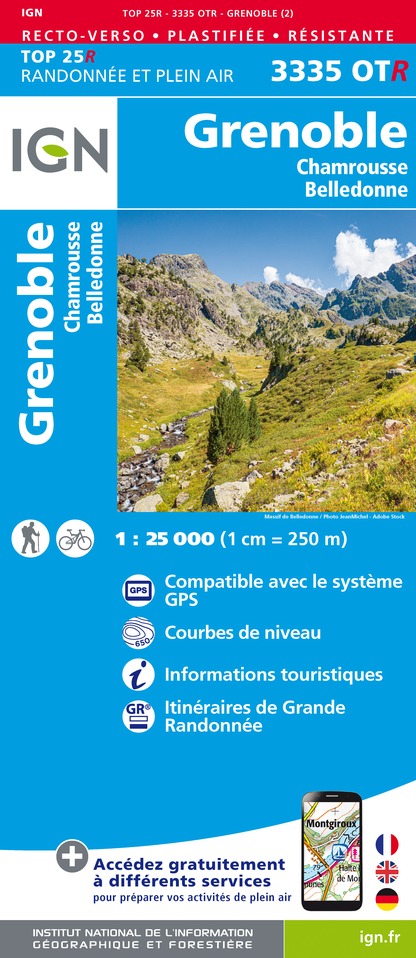
3335OTR - GRENOBLE RESISTANTE CHAMROUSSE BELLEDONNE
Editor : IGN
Collection : TOP 25 RÉSISTANTE
Scale : 1:25 000
17.20€
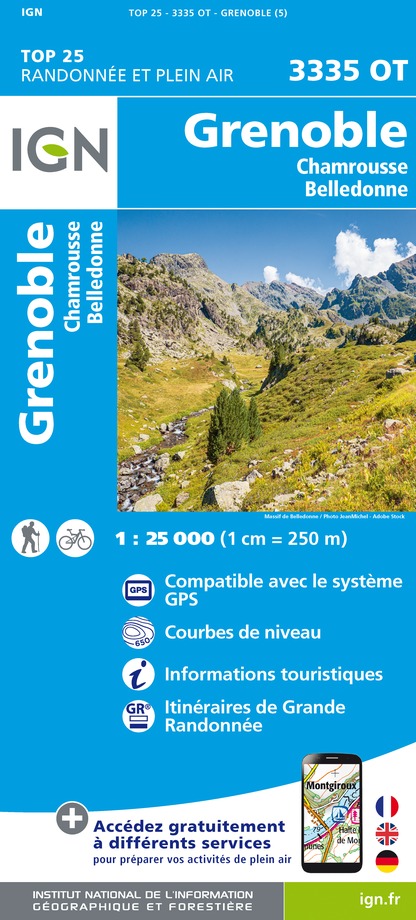
3335OT - GRENOBLE
Editor : IGN
Collection : TOP 25 ET SÉRIE BLEUE
Scale : 1:25 000
13.90€
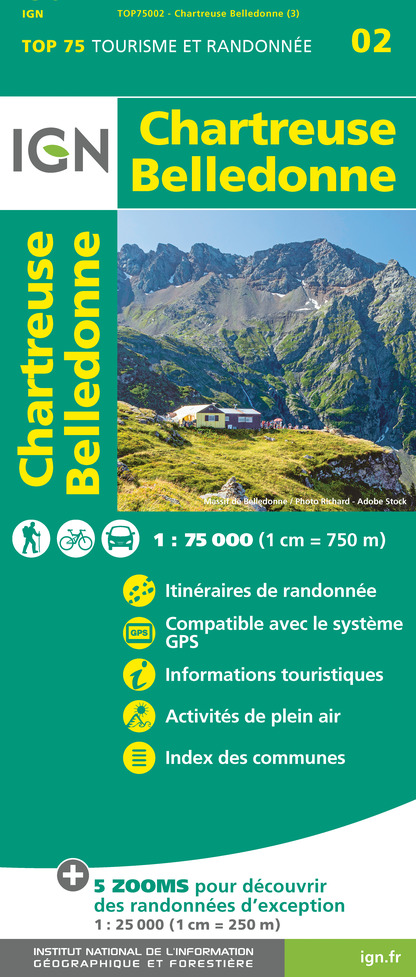
TOP75002 - CHARTREUSE BELLEDONNE
Editor : IGN
Collection : TOP 75
Scale : 1:75 000
9.80€

TOP75001 - MASSIF DU VERCORS
Editor : IGN
Collection : TOP 75
Scale : 1:75 000
9.80€
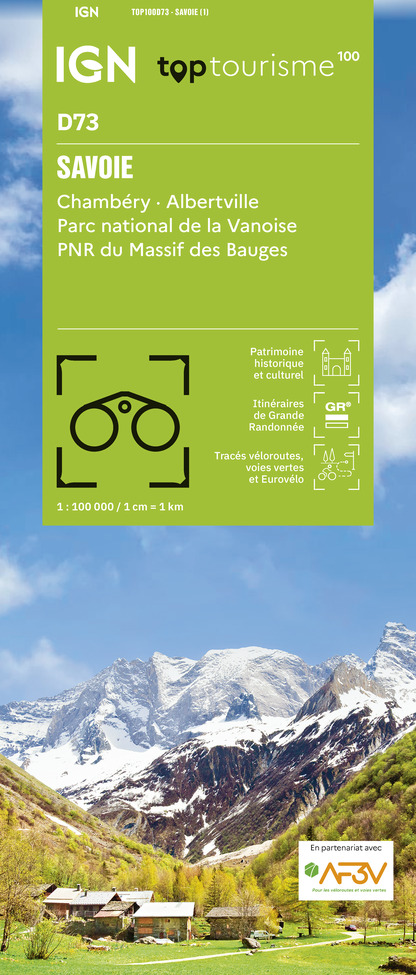
TOP100D73 - SAVOIE CHAMBÉRY ALBERTVILLE PARC NATIONAL DE LA VANOISE PNR DU MASSIF DES BAUGES
Editor : IGN
Collection : TOP 100
Scale : 1:100 000
8.40€

202 JURA ALPES DU NORD
Editor : IGN
Collection : TOP 200
Scale : 1:200 000
6.80€

D38 ISÈRE
Editor : IGN
Collection : CARTES DÉPARTEMENTALES IGN
Scale : 1:150 000
5.90€

D04-05 ALPES-DE-HAUTE-PROVENCE HAUTES-ALPES
Editor : IGN
Collection : CARTES DÉPARTEMENTALES IGN
Scale : 1:150 000
5.90€
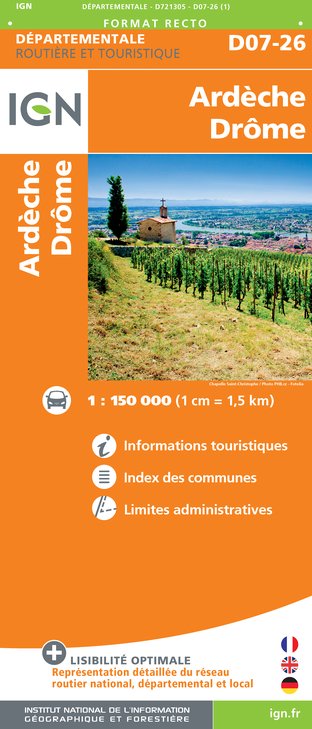
D07-26 ARDÈCHE DRÔME
Editor : IGN
Collection : CARTES DÉPARTEMENTALES IGN
Scale : 1:150 000
5.90€
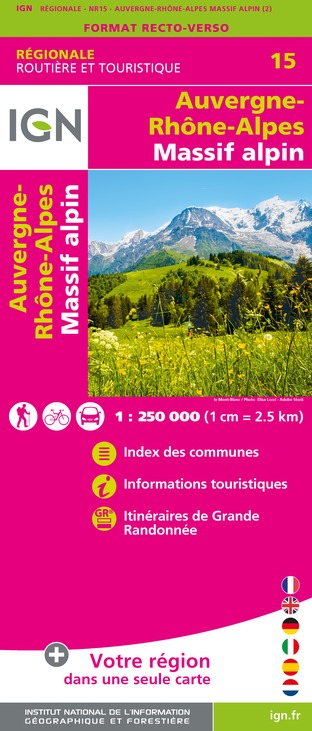
NR15 AUVERGNE-RHÔNE-ALPES RECTO/VERSO MASSIF ALPIN
Editor : IGN
Collection : CARTES RÉGIONALES IGN
Scale : 1:250 000
6.80€
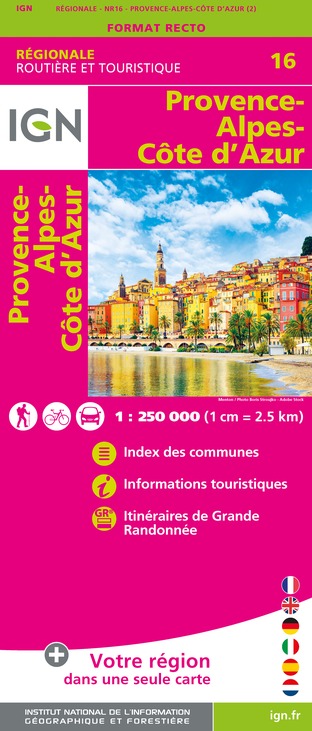
NR16 PROVENCE-ALPES-CÔTE D'AZUR
Editor : IGN
Collection : CARTES RÉGIONALES IGN
Scale : 1:250 000
6.80€

NR14 AUVERGNE-RHÔNE-ALPES RECTO/VERSO MASSIF CENTRAL
Editor : IGN
Collection : CARTES RÉGIONALES IGN
Scale : 1:250 000
6.80€

EUROPE
Editor : IGN
Collection : DÉCOUVERTE DES PAYS DU MONDE IGN
Scale : 1:2 500 000
7.00€
Where to eat in Herbeys
See more suggestionsDiscover the culinary diversity of Herbeys.
See more suggestionsWhere to sleep in Herbeys
See more suggestionsDiscover popular accommodations in Herbeys.
See more suggestions

















































